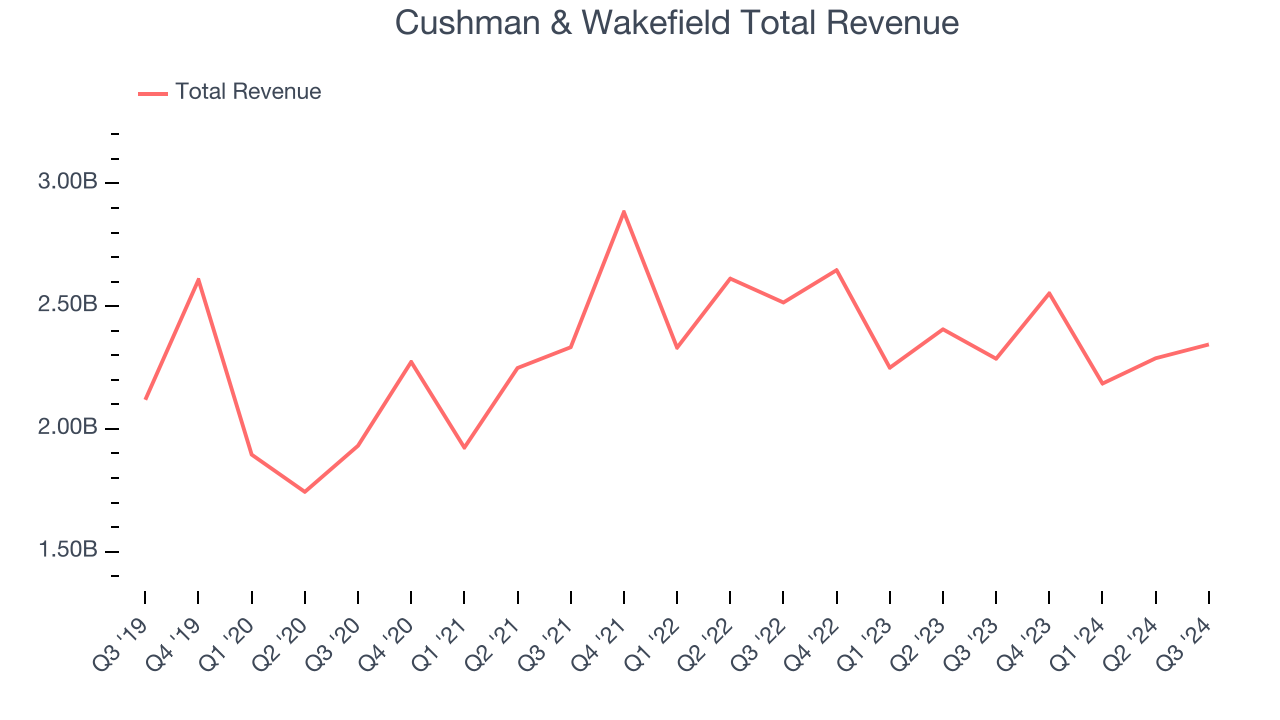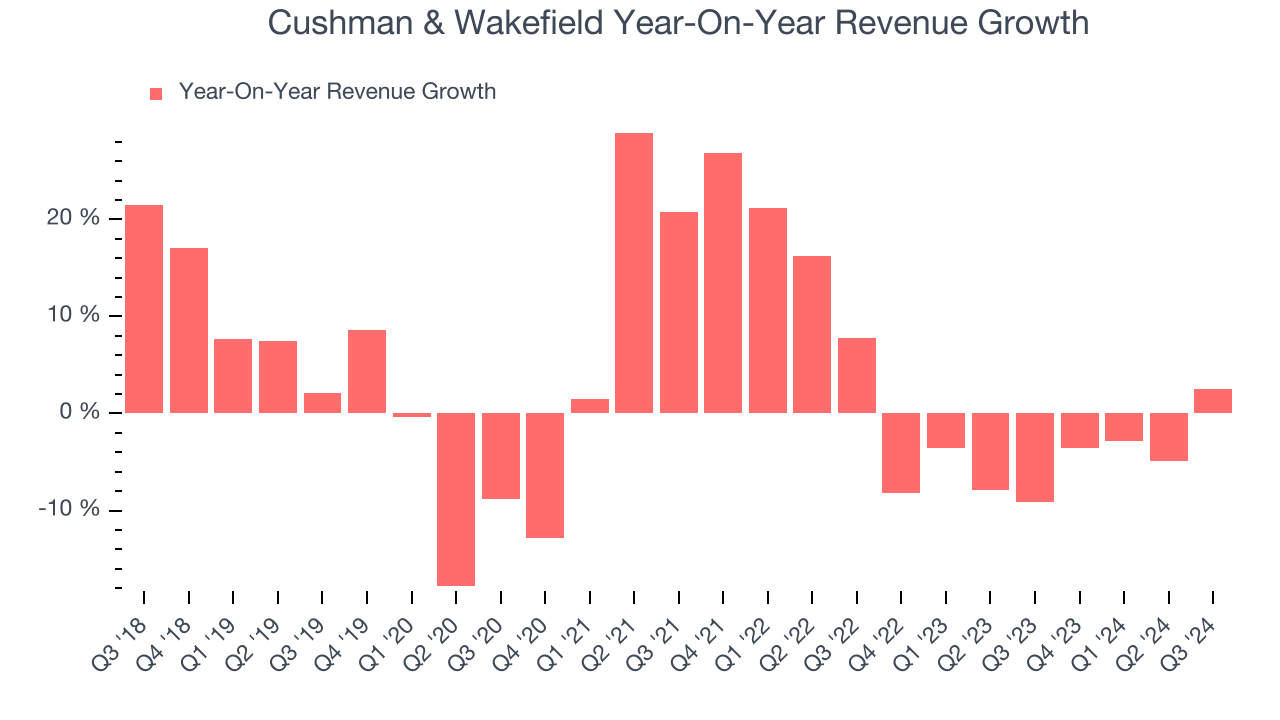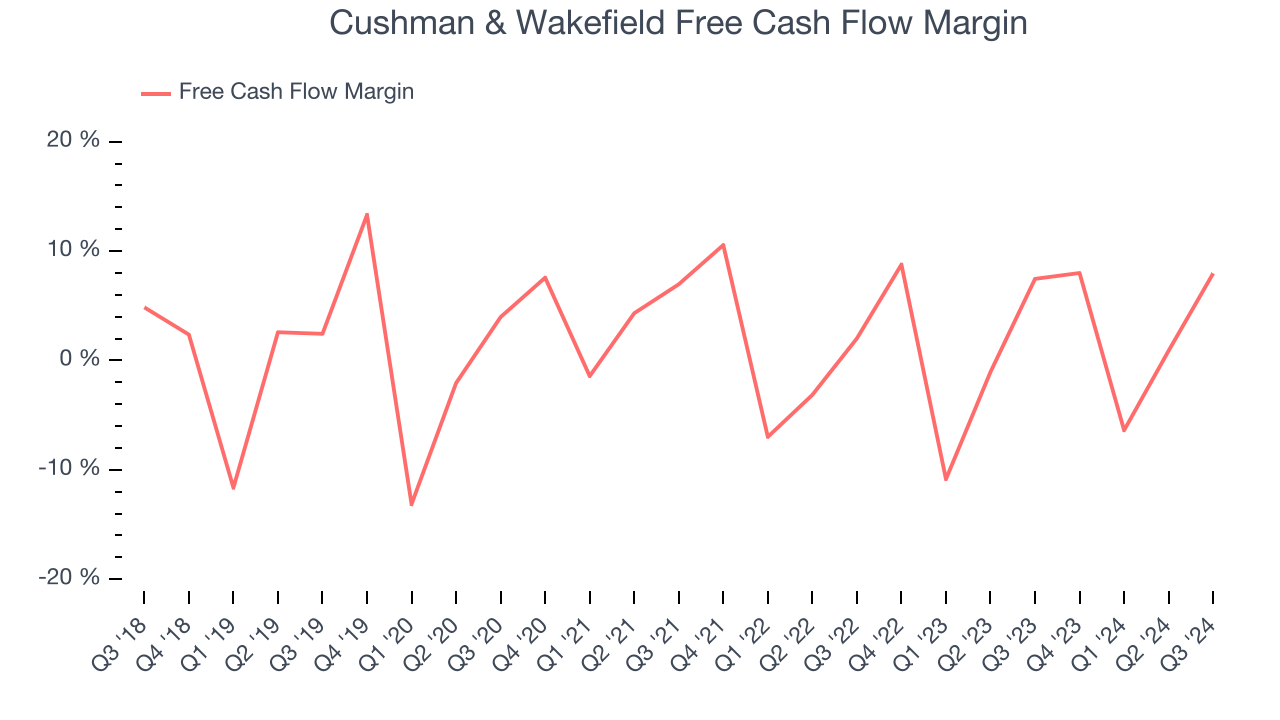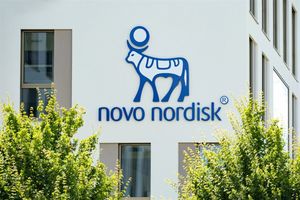Financial News
More News
View More
End the Year Strong With These 3 Comeback Champions ↗
Today 16:08 EST
Down 45% Year-to-Date, Novo Nordisk Ignites a Price War ↗
Today 13:04 EST
Institutions Love These 3 Companies, Should You As Well? ↗
Today 12:45 EST
Why GRAIL Stock Could Be Biotech’s Next Big Breakout ↗
Today 10:38 EST
Recent Quotes
View More
Stock Quote API & Stock News API supplied by www.cloudquote.io
Quotes delayed at least 20 minutes.
By accessing this page, you agree to the Privacy Policy and Terms Of Service.
Quotes delayed at least 20 minutes.
By accessing this page, you agree to the Privacy Policy and Terms Of Service.
© 2025 FinancialContent. All rights reserved.












